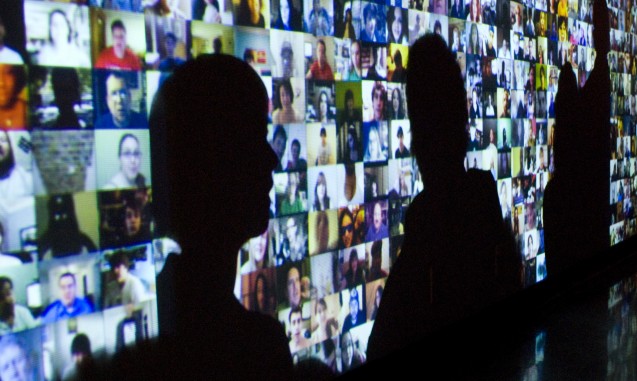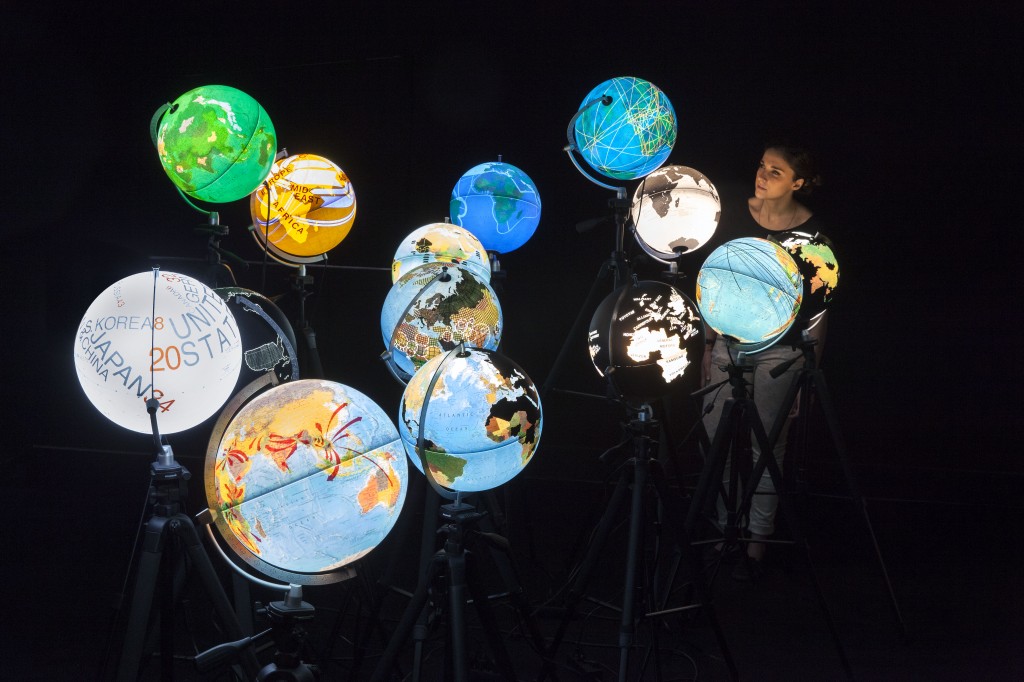In the year 1854, an outbreak of cholera swept through part of London killing some seven hundred people in less than one week. At first, the authorities supposed that the epidemic had been airborne, but in his book published one year after the epidemic Dr John Snow was able to prove it had been transmitted by water. After examining maps of the streets and houses in which the victims lived and the locations of some of the town’s water pumps, Snow demonstrated that the mortality rate was notably higher in the streets near one particular pump, located on Broad Street in Soho; and because once this pump had been closed to the public the death rate began to decrease, he could eventually show that the epidemic was the result of dirty water rather than atmospheric pollution.
John Snow is widely acknowledged as one of the fathers of modern epidemiology; and the manner in which he retrieved his data and then recoded it in maps was central to his formulation of a hypothesis supported by empirical evidence. But although using data to ask questions and get answers has always been a standard practice, the difference now lies in the sheer volume of the data we produce. We use the new technologies to generate more data than ever before. But how often do we put it to use as well as Snow did?
This is one of the main questions behind the exhibition Big Bang Data, at the Centre de Cultura Contemporània de Barcelona (Centre of Contemporary Culture of Barcelona, CCCB). In a project combining installations, historical documents, audiovisual reports, technological prototypes and art works of different kinds, Big Bang Data explores the challenge society has set itself by having triggered a data explosion in which we exchange 2.5 quintillion bytes of information each day. Just in 2009, we generated the same, physical volume of information we had produced in our entire human history leading up to that year.
The exhibition Big Bang Data examines the physicality of the data we are so used to thinking of as virtual, the relative economy of storing it and our perceptions of its inherent value; it considers the techniques we use to analyse and manage raw data so that it can be available as knowledge, the strategies and languages we design to visualize, narrate and quantify it and also our abuse of data, meaning the tyranny of data-centric attitudes that write off the importance of human subjectivity in problem-solving. At its most general level, the exhibition asks us to think about the social model we aspire to and the role we assign to data in that model.
Big Bang Data is the first of a series of exhibitions in BETA, an ongoing project that examines how our lives are being transformed in this digital age. The exhibition is accompanied by workshops, conferences, hackathons and education programmes that bring together professionals from many different fields, including computer programming, mathematics, geography and cartography, computer graphics and graphic design, and also architecture, engineering, the visual arts and journalism. In the field of healthcare, there will also be workshops and seminars on the use of big data in neuroscience, cardiology and genomics.
Curated for the CCCB and the Telefónica Foundation by Olga Subirós and José Luis de Vicente, Big Bang Data will run until 16 November in Exhibition Room 3 of the CCCB building at number 5, Carrer Montalegre, in Barcelona. From 25 February to 24 May 2015, visitors will be able to see the same exhibition at the Telefónica Foundation’s headquarters in Madrid at number 28, Gran Vía.


